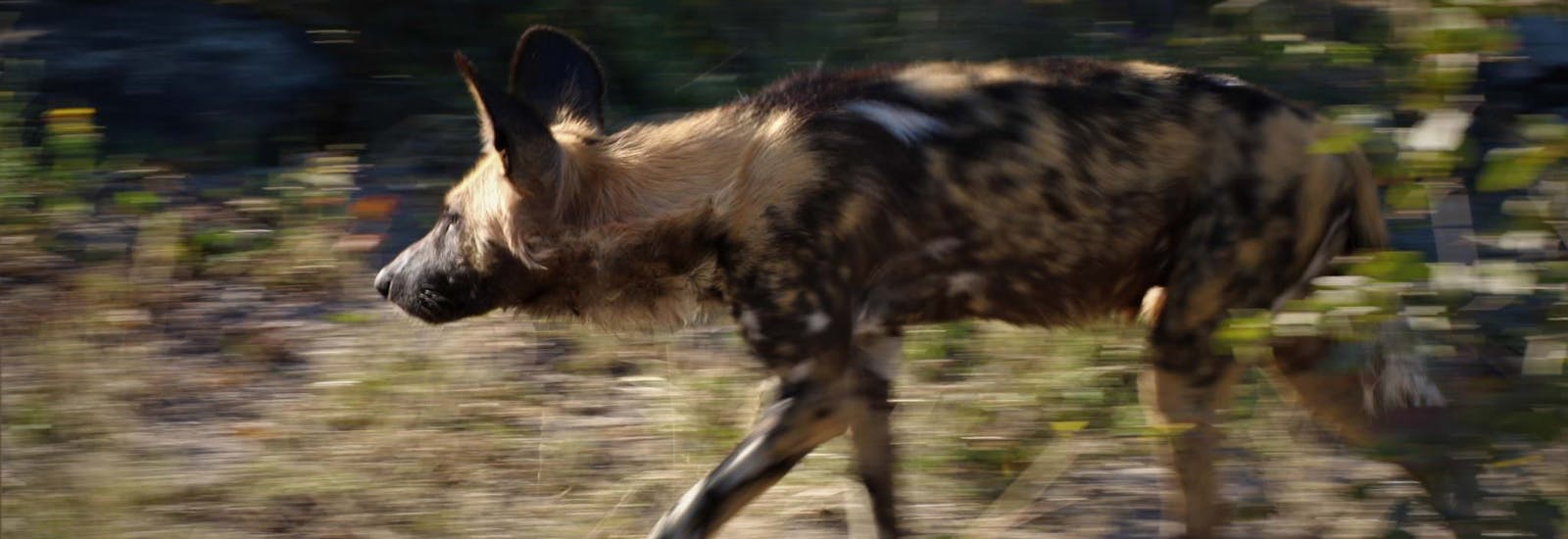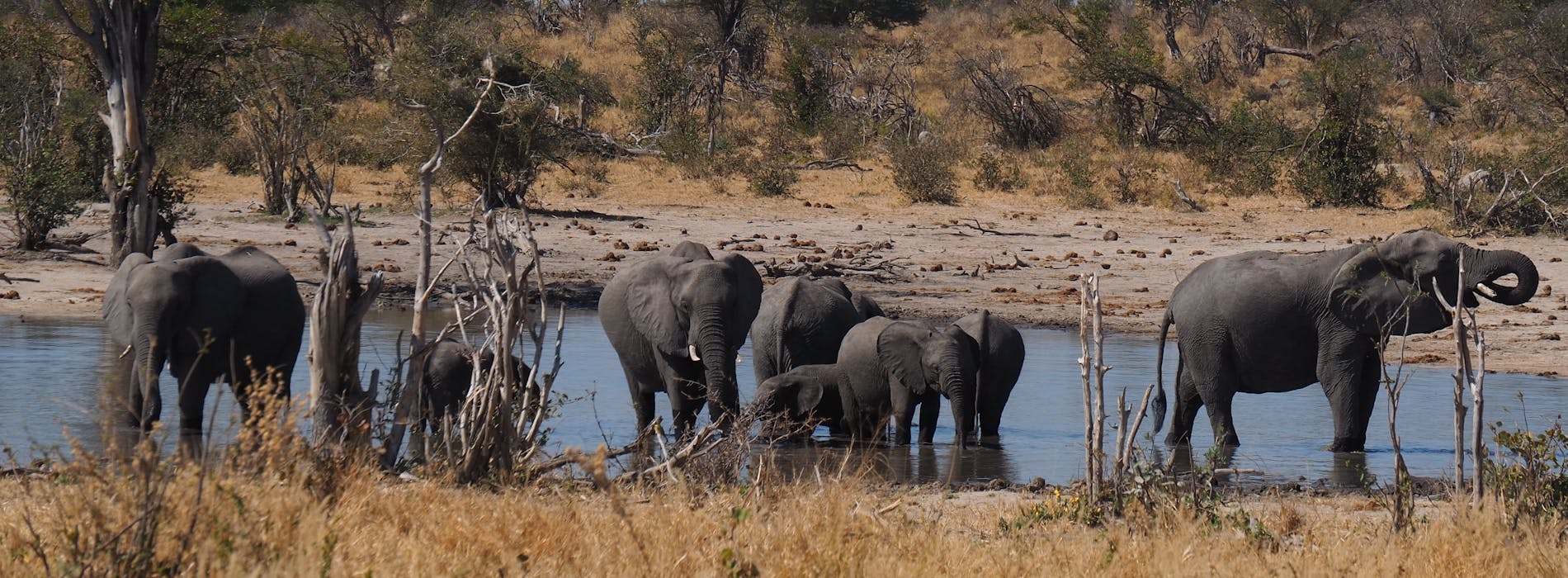
The endangered painted wild dog
In aid of Endangered Species Day, we have focussed this blog piece on the wild dog!
The African Wild dog (Lycaon pictus), also known as the painted dog, is one of Africa’s most charismatic predators and they certainly have a reputation as the most formidable hunters. Predominantly found in arid or savanna areas, wild dogs are intelligent hunting professionals taking on game animals and livestock in planned hunting attacks within cooperative packs.
They may look a bit odd, but they are very social animals and are known to share food, assist weak pack members and collectively care for pups (which have to be some of the cutest baby animals!). This species is one of the best advocates for girl power in the animal kingdom – up to around 20 individuals make up a pack, with an alpha female running the show and a strict hierarchy system below her.
African wild dogs are fairly free-roaming spirits and rarely stay in one place for any length of time. Unfortunately, it is this nomadic existence that has led the species’ populations to suffer from their biggest threat – habitat fragmentation. With a range that has decreased considerably in recent decades, their population status has slipped from ‘Vulnerable’ in the 1980s to ‘Endangered’ according to IUCN and is considered to still be in decline.
Another major threat to the wild dog is human-wildlife conflict. Being generalist hunters means these adaptable animals are not too picky with their prey species, which should be positive for their survival, however, as their home ranges decrease the dogs are regularly going for the easy prey target of livestock. This causes conflict with farm owners and leads to persecution of the animals. Snares and road accidents also cause many wild dog deaths.
Conservation Measures
The main conservation measures put in place for the African Wild dog include; encouragement of land use planning to extend wild dog ranges, improving coexistence between people and the predators and outreach to local communities to improve public perception.

